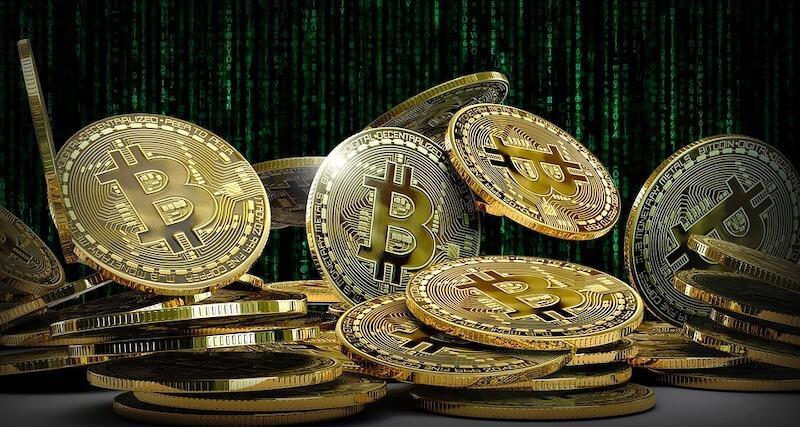People in the United States and throughout the globe continue to experience the squeeze of inflation, with new statistics showing that the Consumer Price Index (CPI) climbed 6.2% in October relative to last year, casting more suspicion on the Federal Reserve’s “transitional” inflation story. As a consequence of rising concerns, conventional payment markets declined sharply on November 10 as speculators worried about rampant inflation and the erosion of purchase capacity, and major indices dropped from new all-time highs established earlier this week.
This contrasts with the price activity in the crypto space, where a surge of positive momentum spurred a 4.7% surge in the value of Bitcoin (BTC) immediately after the CPI data was released. The significant spike in inflation seen in 2021 has prompted an increasing number of requests for the Fed to abandon its easy-money measures and hike interest rates. Many argue that the Fed has backed itself into a position and has no simple alternative moving forward since an increase in interest rates will make financing the US national debt much more difficult.
Former US Treasury Secretary, Larry Summers, recently stated that international monetary markets seem to be forecasting weak development and lower actual interest rates over the next couple of years, which undermines the monetary authorities’ power to manage economies. Given interest rate management is the major instrument in the Fed’s arsenal for exerting marketing strategy, it suggests that the monetary authority will be incapable of doing little else in reaction to continued issues other than continuing to print money.
A Solid Hedge Against Inflation
The recent changes have put cryptocurrency investors in a distinct position to take advantage of crypto investments, or at the very least to gain some protection from them. Because of a decline in the value of fiat money such as the USD, the potential of Bitcoin and other cryptocurrencies as buffers against currency depreciation and inflation is being emphasized. Per the Bitcoin Stimulus data, Americans who converted their $1,200 incentive payment from April 2020 to BTC should currently have $12,172 in BTC. This marks a 914% gain.
And even those increases still have not been limited to the top cryptos, as the overall market has seen a flood of assets that has increased the overall market cap from $190 billion to $2.95 trillion over the same period. In addition to the increased value of a huge number of units in the industry, virtual currency holders have been compensated with multiple crypto “quantitative easing checks” in the shape of airdrops. An example is the latest one from Ether Name Service, which resulted in a five-figure big paycheck for early investors in the protocol.
Generally speaking, virtual currency market players have profited from the protection provided by retaining investments that are increasing in value as the buying power of fiat money worsens, a pathway that indicates no signs of letting up anytime soon if the inflation rate keeps rising.

